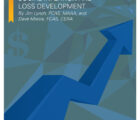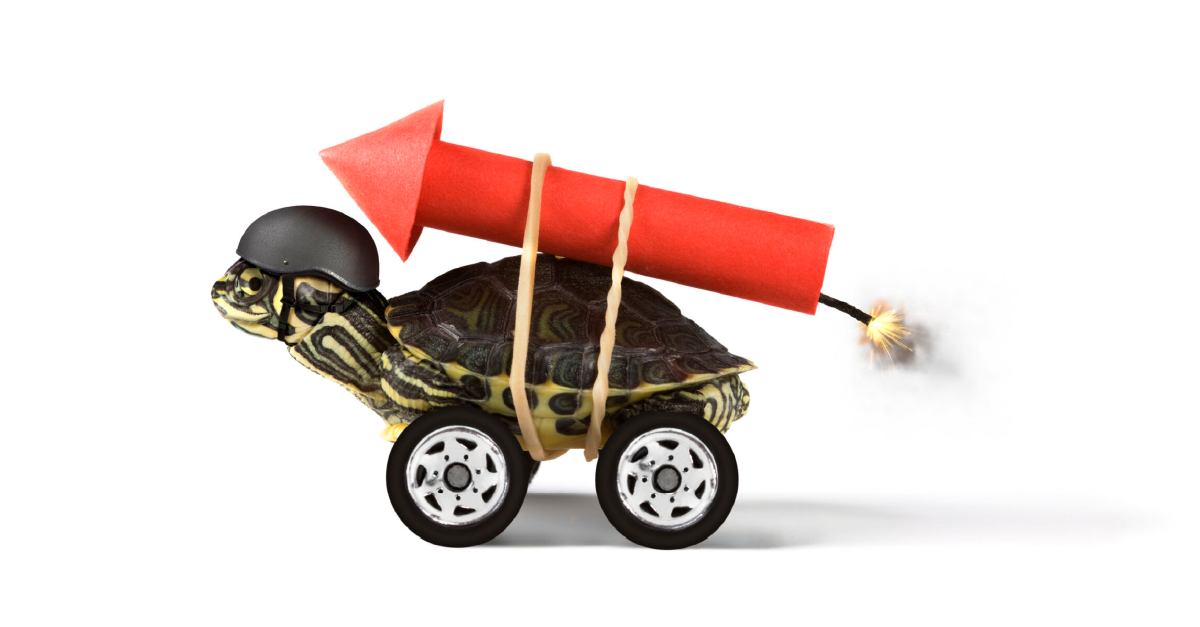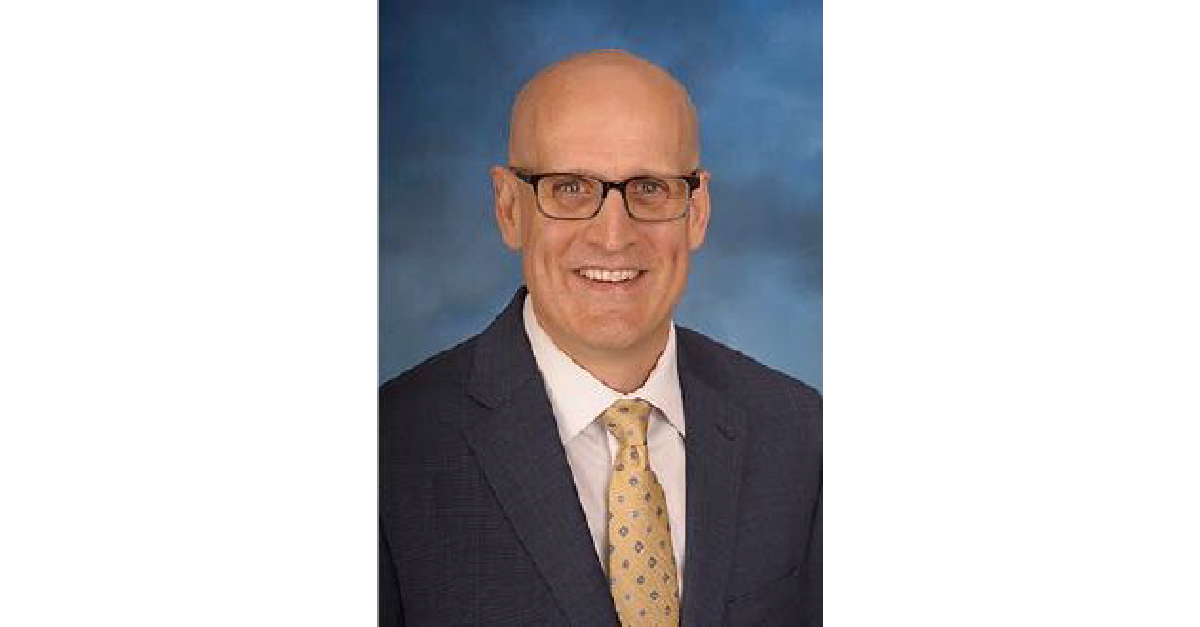In the second month of my state’s shelter-in-place order, I began to think about applying some actuarial concepts to the subject. I offer the following observations.
Concurrent events
In addition to this mess, a spat broke out between Russia and Saudi Arabia over oil, as evidenced by a March 9, 2020, headline mentioning a “squabble” over oil production limits. Oil prices had been at about $47 a barrel at that time and closed just above $20 on March 18 of this year. Fuel prices are really low, but with shelter-in-place edicts and many offices and factories shuttering, people aren’t driving to work. So, our oil stocks have dropped precipitously. Which has the greater impact on oil prices: the production limits or the reduction in driving brought about by the coronavirus? Someone will likely do some analysis.
Information (data quality)
When I was young, we got our news from one TV channel, a few radio stations, newspapers and news magazines. News was very limited, and the sources controlled what we read or heard.
How do we recognize the noise and separate it from the signal? … We need to inspect our data (news) in our personal lives as well as for our work purposes.
Today there are multiple news sources. Now my problem is to determine what to believe and what not to. Anyone with access to the web can “publish,” and many do. Those who don’t create original news can often forward misinformation along to others that can be fatal. For example, one hot “news” item falsely claimed that drinking a sip of water every 15 minutes would keep you from getting the coronavirus.
How do we recognize the noise and separate it from the signal? How much of the news is broadcast to further a political or social agenda, rather than provide facts? We need to inspect our data (news) in our personal lives as well as for our work purposes.
Severity of the event
In the pre-pandemic era, when deciding what to eat at a restaurant, I realized that the likely worst-case result that could happen was that I’d get a meal that I didn’t like. (The worst thing would be to get poisoned and die, but that is not very likely.) The severity of my decision then was small. Under today’s virus conditions, however, deciding whether to be in a public place with a lot of people can have a different outcome: I could get a life-threatening virus. Regardless of the frequency, the severity deters me from getting out of the house unless it is absolutely necessary.
Frequency
I am monitoring how many people get the virus in my state using multiple sources. It is a proxy for what I would really like, that is, some means of finding out if people with whom I come into contact have the virus. Absent contact tracing, I simply am working from home and severely limiting any interaction with outsiders. I am limiting my frequency of exposure by avoiding all but the most essential contact.
Modeling
We are experiencing a plethora of models, with widely varying results. I am reminded of all of the models that predicted that Hillary Clinton would handily win the election over Donald Trump. Are the same model errors present in the COVID-19 models? Are any of the modelers biased one way or the other? Are our leaders and press selecting models based on the model outcomes rather than their accuracy? I would like to know.
Contagion of exposures
It seems that the more chaotic things become, the greater the likelihood for more chaos. Stress in one segment adds to the stress in others, even areas not previously deemed connected or correlated. I started a list of all of them; here is a start:
Some homeowners and businesses face a fine if they do not keep their grass mowed. Many in my neighborhood hire professionals to cut their grass, but since commercial mowers are not considered “essential” in Michigan, the grass can’t be mowed. They can be ticketed if they don’t mow, but the commercial mowers can’t come out to mow.
The grocery stores that used to be open 24 hours now close at night so they can clean and disinfect. That means second shift essential workers, who used to shop on their way home in the early hours of the morning, can no longer do so. And no one can do the “emergency run” to get diapers or whatever at 2 am.
I work from home, but now that the entire state is staying home, the load on my internet provider has increased immensely. This causes my internet speed to suffer.
Reserve development
Another observation is how specialists and others are analyzing the progression of the cases — looks to me a bit like a loss reserve estimation. And while we recognize that different lines of business have different development factors, different countries and even different regions within a country are exhibiting different “development factors.” I wonder if any of the big producers of such data employ an actuary.
Truncated and other “dirty data”
I am fascinated with headlines and the order in which the information is presented. Since many people don’t read past the headline, writers can print a shocking (or biased) headline and leave the real facts to the end of the article.
You probably have your own favorite examples of conflicting information. What is the real death rate from the virus? What is the rate of underreporting? Who is at the greatest risk? And how much of what we hear is fearmongering for the sake of gaining publicity or notoriety for the speaker/writer/producer?
The grocery stores that used to be open 24 hours now close at night so they can clean and disinfect. That means second-shift essential workers, who used to shop on their way home in the early hours of the morning, can no longer do so.
Some writers are not beyond quoting only a portion of a speech or article, leaving out parts that finish the thought. Some publications are worse than others, and once I find a publication that does so, I cross it off my list of acceptable sources.
Qualifications
We actuaries must meet certain experience and educational requirements in order to express an opinion in our area of expertise. What makes a sports star, an entertainer or a politician an expert on COVID-19 and projections of future contagion and death? Why does the news media continue to quote these nonexperts? Is it to raise viewership or push their own agenda? Governor Cuomo was asking for 30,000 additional ventilators, stating “I operate on the data and on the numbers and on the science. And every projection I have, from multiple sources, and these are worldwide health experts, say that we have to be prepared for an apex of 140,000 hospital beds and 40,000 ICU beds with ventilators.” Fortunately, his modelers overstated the need.
Emergency preparedness
My local warehouse store was out of toilet paper for weeks. This “not-in-stock” situation followed by the “too-much-to-put-onto-the-shelves” scenario will likely continue in the upcoming weeks for other products, such as hand sanitizers, masks or nitrile (examination) gloves.
I have experienced several periods when I could not go to the grocery store, such as the Midwest power outage of 2003 and the New York City/Northeast blackout of 1977. You may have experienced a hurricane that kept you in place for days. I have learned to keep at hand several weeks’ worth (or more) of certain supplies like toilet paper. We also keep about a month’s stock of foods that don’t require refrigeration and have a long shelf life — canned meats, nut butters, etc.
Business continuity
I believe this crisis will accelerate the work-from-home option for many employers. I haven’t worked in a formal office setting since I started my current job five years ago — and the firm for which I work didn’t miss a beat.
There is no doubt in my mind that this current situation will change the way we live and work in the future. Some of the changes will be for good; some of them will not be good. The best we can do is to learn from what has happened and be prepared if something like it happens in the future.












